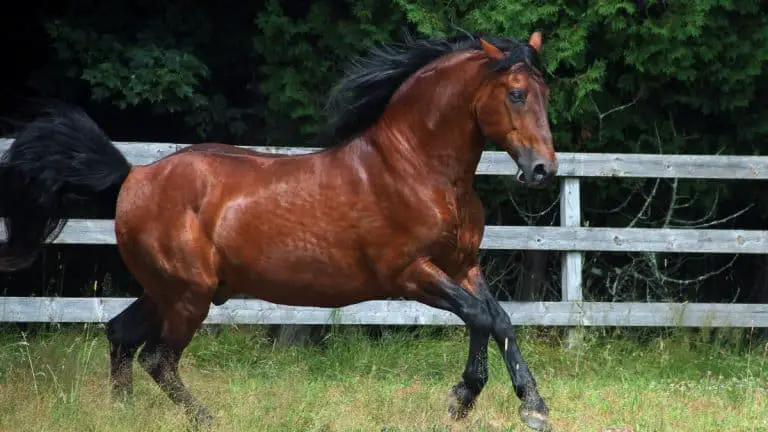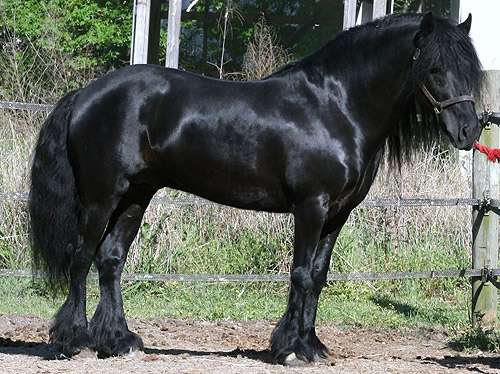
Size
1.4 – 1.5 meters.
Physical Attributes
A clean, polished head with a wide forehead and a tiny muzzle, and a well-proportioned body. The shoulder should be “long and sloping,” and the withers should be of average height. A very short back, a large chest, and a muscular coupling over the loins are all deemed ideal by the standard. Neither excessively flat nor goose-rumped, the croup is rounded. It has a low-set tail. The legs must be sound and straight. Round and dense are the hooves.
Color
There have also been instances of pinto, white, spotted, dun-colored, and buckskin in addition to bay, black, and chestnut.
Characteristics and Genetics
A free-ranging horse native to the Western United States, the mustang is a descendant of the Spanish-imported horses. Although mustangs are frequently referred to as wild horses, they are actually feral horses because their ancestors were originally tamed. Although Colonial Spanish horses contributed to the development of the modern mustang, which now has a variety of phenotypes, the first mustangs were various breeds and types of horses.
Although Colonial Spanish horses contributed to the development of the contemporary mustang, which led to a variety of phenotypes, the original mustangs were various breeds and types of horses. All Mustang body models are described as having sure feet and good endurance.
The mustang of the contemporary West has a number of separate breeding populations that are genetically distinct from one another and have unique characteristics that can be linked to certain herds. Assorted ranch animals that went away or were let out on public grounds as well as stray horses employed by the US Cavalry are among the genetic contributors to today’s free-roaming mustang populations.
Reproduction and Uses
There are no captive breeding initiatives for mustangs because they reproduce in the wild and have population problems right now. These horses are adaptable and have found lucrative professions in dressage, ranch work, trail riding, and other fields.
Mustangs Care as a Pet
These horses’ needs in human care are the same as those of any other breed. They thrive in groups because of their gregarious nature. Owner must give them plenty of grassy pastures to graze on, and the owner should also add grain and hay to their diet to round out their nutrition. Must also make sure that everyone has constant access to clean water and some kind of shelter.

Nutrition and Diet
Mustangs are resilient. They live off of grass and shrubs in the wild. They are hence quite simple to maintain in captivity. Since excessive grazing can cause obesity and related issues like founder, an owner might need to limit a mustang’s access to a rich pasture.
Behavior
These wild horses are herded together. The herds normally consist of a stallion, or a lone male. A harem of numerous females, known as mares, and their young, known as foals, is guarded by the stallion. The male is occasionally challenged by outside stallions for the opportunity to mate with the mares.
Grooming
There are no specific grooming requirements for mustangs. Regular grooming and currying will help their coat health. Despite having robust hooves, frequent hoof care is crucial for their health.
Table





